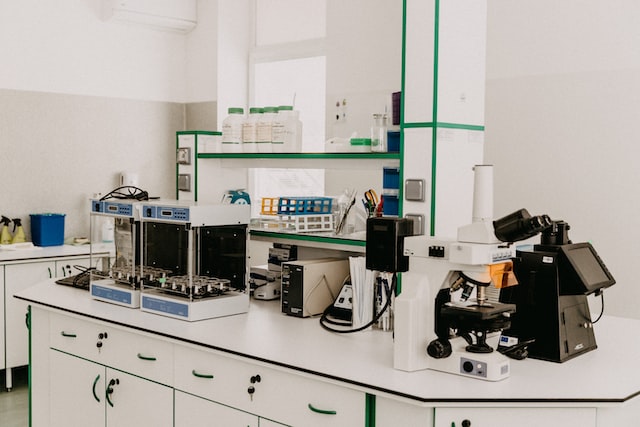
Agriculture in Nigerian economy
Agriculture accounts for 40% of GDP and 70% of employment in Nigeria. It plays similar or even more significant roles in other West African countries. The growing global dependence on agriculture to meet, not just growing food demands, but also renewable energy needs, strengthens the future role of agriculture in the global economy. In Nigeria, the middle class is growing at about 5% per annum and is expected to account for about 30% of the population by 2015. It has also been forecast that about 60% of the population of Sub-saharan Africans will be living in cities by 2020. This demographic change creates an increasing demand for food categories that require increased agricultural production of tubers, cereals and meat products. This demand cannot be met by food imports alone; neither can it be met through traditional subsistence farming. A significant matching growth in domestic and regional production through improved agriculture is called for. This creates a very good opportunity for modern agriculture in Nigeria
The need for a laboratory
An agricultural laboratory is therefore needed to achieve the following:
- Measure the nutrient and anti-nutrient content of locally available feedstuffs. Such measurements should deliver crude protein, energy, minerals and dry fiber content. It should also be able to break down the protein content into the component amino acids.
- Analyze commercial compound feeds for nutrient contents, toxins and anti-nutrients.
- Analyze the quality of water used in farms for biological and mineral impurities.
- Use NIR tools to provide quick, reliable and affordable nutrient content of feeds and feedstuff to farmers and feed millers.
With these capabilities, the laboratory can enable the design of cost efficient and balanced feeds using local or regional products. It can also enable the optimised use of commercial feeds by providing the information that farmers can use to adjust feeding programs to achieve optimal animal health and productivity. Lastly the laboratory can provide data for establishing local and regional databases of feedstuff nutrient content that can be used for the local calibration of NIR spectroscopy tools used for both feedstuff and feed analysis.
Sustainable Operations Mode
Text BoxTo ensure sustainability, the lab will charge fees to cover its operating expenditure(OPEX). It is expected that by limiting its fees to the recovery of only OPEX, the fees will be affordable to farmers. This however implies that initial capital investment, equipment replacement and introduction of new tools will be achieved through donations from public and private donors. To ensure that the fees based on OPEX-only-recovery remain affordable to farmers, the operating expenditure of the laboratory has to be kept within strict control. The supervisory board of the lab will focus on keeping a cap on the OPEX without sacrificing effectiveness and efficiency.
Lab specifications
As a minimum, the laboratory should be able to give reliable results in the following measurements:
- Water quality measurement up to WHO standards, including heavy metals and minerals content.
- Wet chemistry method determination of nutrient content of agricultural products and byproducts.
- Near Infrared (NIR) spectroscopy method of determining nutrient content of feed inputs and formulated feeds
- Standard and accepted laboratory measurement of common food toxins that affect grains, egg and meat quality.

